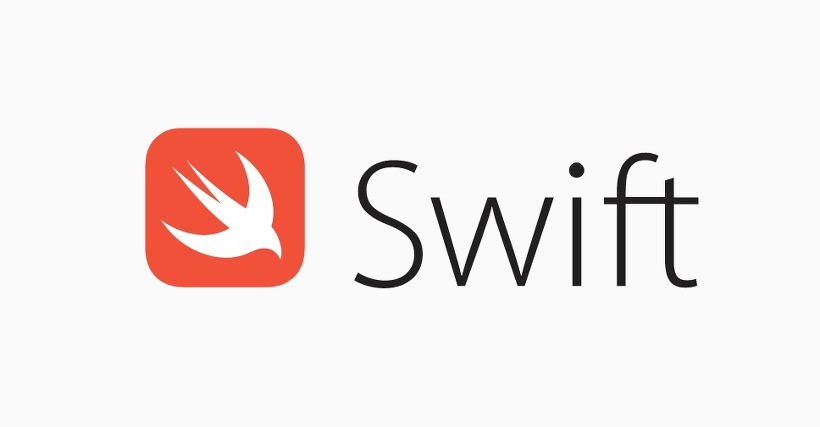클로저
익명함수
일반적으로 클로저라고 하면 익명함수(unnamed-closure)를 의미하며, 클로저의 표현식은 다음과 같다.
{ (매개변수) -> 리턴타입 in
실행구문
}일급객체
전달 인자로 보낼 수도 있고, 변수나 상수 등으로 저장하여 전달할 수도 있으며, 함수의 반환 값이 될 수도 있는 객체를 일급객체라고 한다. 클로저는 일급객체이다.
클로저는 상수에 저장할 수 있다
let hello = { () -> () in
print("hello")
}
let hello2 = { (name: String) -> String in
return "Hello, \(name)"
}
hello();
// "hello"
hello2("Gunter")
// "Hello, Gunter"
hello2(name: "Gunter")
// Extraneous argument label 'name:' in call클로저는 함수의 파라미터로 전달할 수 있다
func doSomething(closure: () -> ()) {
closure()
}
doSomething(closure: {() -> () in
print("hello")
})
// "hello"클로저는 함수의 반환타입으로 전달할 수 있다
func doSomething2() -> () -> () {
return {() -> () in
print("hello4")
}
}
doSomething2()()
// "hello4"후행 클로저
클로저를 쓸 때 두번째 소괄호와 in 키워드를 생략하는 것도 가능하다.
func doSomething(closure: () -> ()) {
closure()
})
doSomething() {
print("hello2")
}
// "hello2"
doSomething {
print("hello2")
}
// "hello2"다중 후행 클로저 상황이라면, 아래의 코드와 같은 자동완성이 지원된다.
func doSomething2(success: () -> (),fail: () -> ()) {
}
doSomething2 {
code
} fail: {
code
}클로저의 여러 모습
func doSomething3(closure: (Int,Int,Int) -> Int) {
closure(1,2,3)
}
doSomething3(closure: {(a,b,c) in
return a + b + c
})
doSomething3(closure: {
return $0 + $1 + $2
})
doSomething3(closure: {
$0 + $1 + $2
})
doSomething3() {
$0 + $1 + $2
}
doSomething3 {
$0 + $1 + $2
}